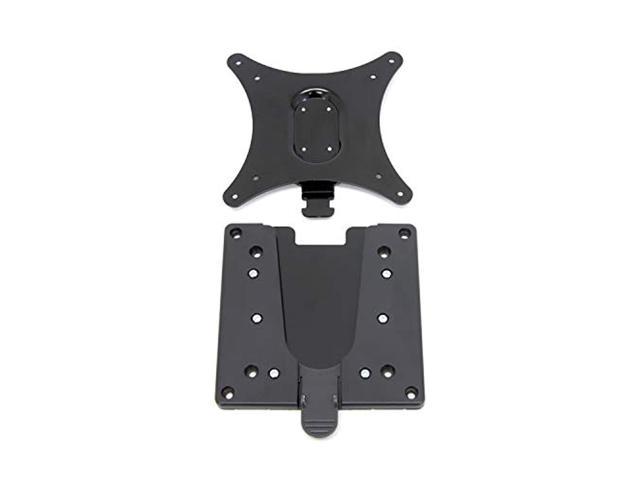Purchase of this book includes free trial access to www.million-books.com where you can read more than a million books for free. This is an OCR edition with typos. Excerpt from book: DIET OF THE YEOMAN AND THE POOR. ’ I nHE staple food among the lower orders 1 in Anglo-Saxon and the immediately succeeding times was doubtless bread, butter, and cheese, the aliment which goes so far even yet to support our rural population, with vegetables and fruit, and occasional allowances of salted bacon and pancakes, beef, or fish. The meat was usually boiled in a kettle suspended on a tripod over a wood-fire, such as is used only now, in an improved shape, for fish and soup. The tripod is still employed in many parts of the country for a similar purpose. The kettle which is mentioned, as we observe, in the tale of " Tom Thumb," was the universal vessel for boiling purposes," and the bacon-house (or larder), so called from the preponderance of that sort of store over the rest, was the warehouse for the winter stock of provisions, t The fondness for condiments, especially garlic and pepper, among the higher orders, possibly served to render the coarser nourishment of the poor more savoury and flavorous. " It is interesting to remark, ’’ says Mr. Wright, J “that the articles just mentioned (bread, butter, and cheese) have preserved their Anglo-Saxon names to the present time, while all kinds of meat beef, veal, mutton, pork, even bacon have retained only the names given to them by the Normans; which seems to imply that flesh-meat was not in general use for food among the lower classes of society.” In Malory’s compilation on the adventures An inverted kettle was the earliest type of the diving-bell. t What is called in some places the keeping-room also accommodated flitches on the walls, and hams ranged along the beams overhead; and it served at the same time for a best parlour. t " Domestic Manners and Sentiments," 1862, p. 91. of King Arthur and his…















